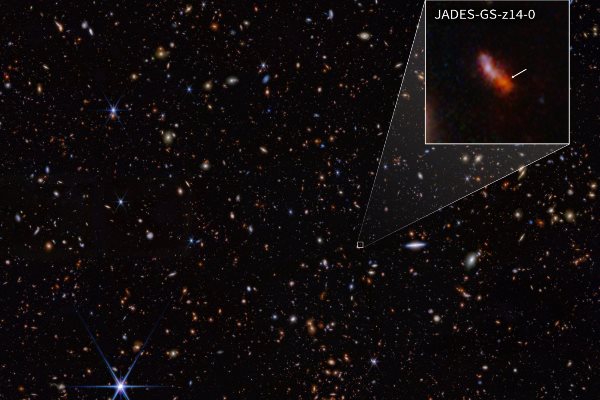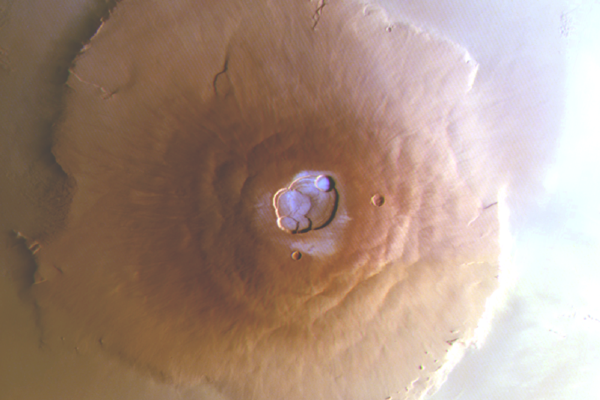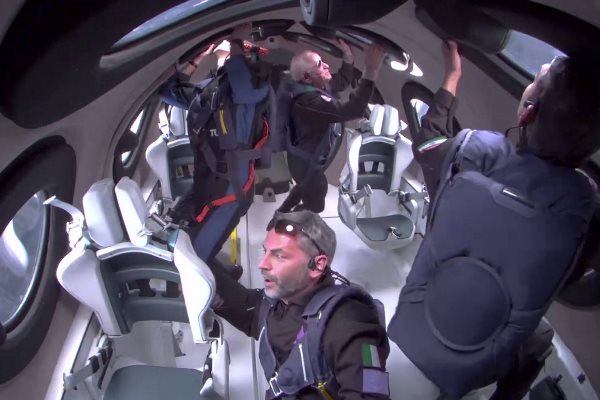Science
Over 200 Million Tons of 'Manganese Nodules' Discovered 5,000 Meters Underwater in the Waters of Minamitorishima

- Read more
- 265 reads
Starship's Fourth Test Launch Succeeds, Successfully Splashing Down in the Indian Ocean

- Read more
- 234 reads
Record-Breaking Discovery! Webb Space Telescope Finds the Most Distant known Galaxy

- Read more
- 248 reads
Human Rights
Visited:24,643,994
Fostering a More Humane World: The 28th Eurasian Economic Summi

Conscience, Hope, and Action: Keys to Global Peace and Sustainability

Ringing FOWPAL’s Peace Bell for the World:Nobel Peace Prize Laureates’ Visions and Actions

Protecting the World’s Cultural Diversity for a Sustainable Future

Puppet Show I International Friendship Day 2020








